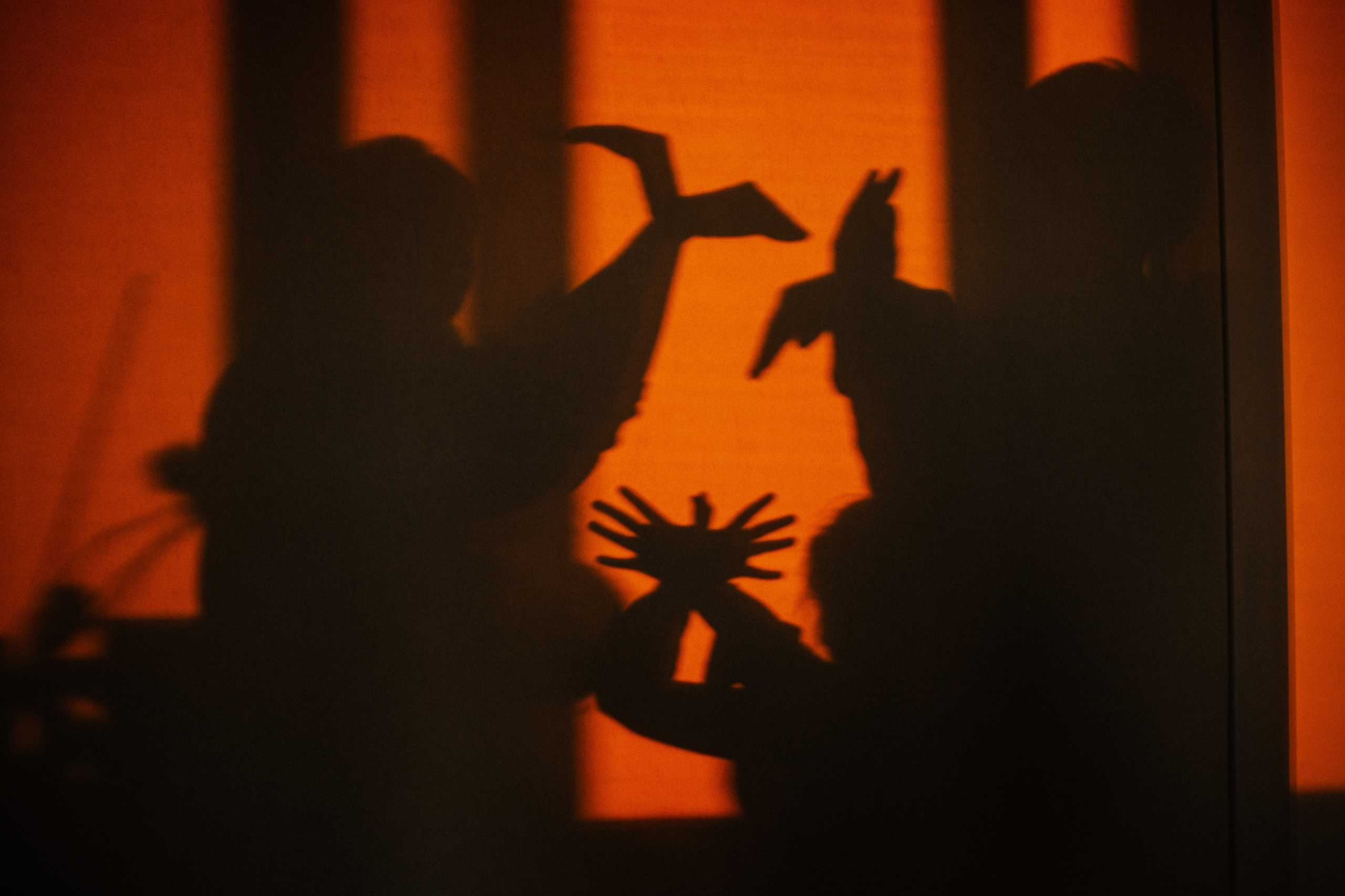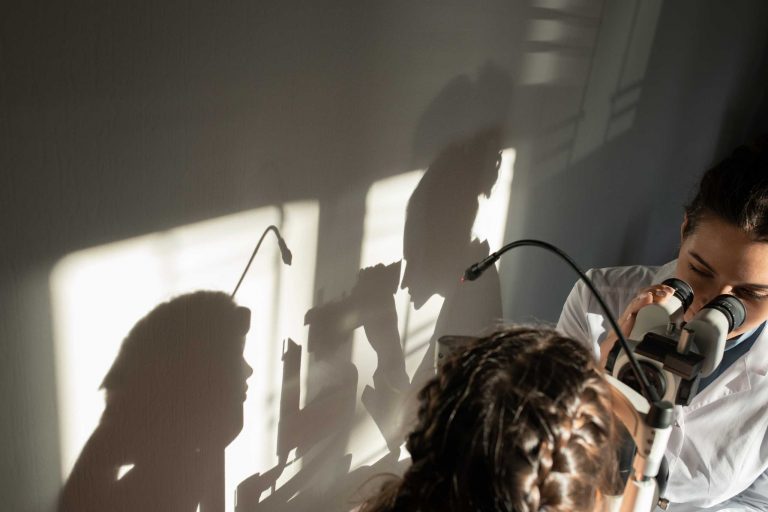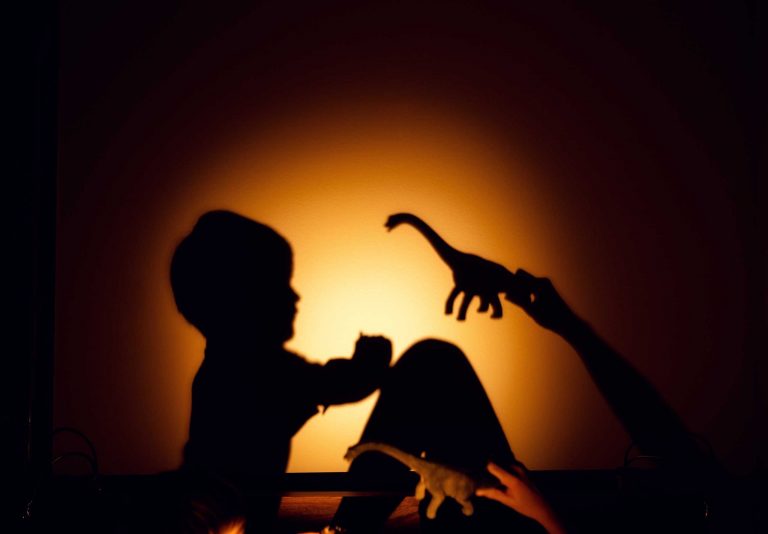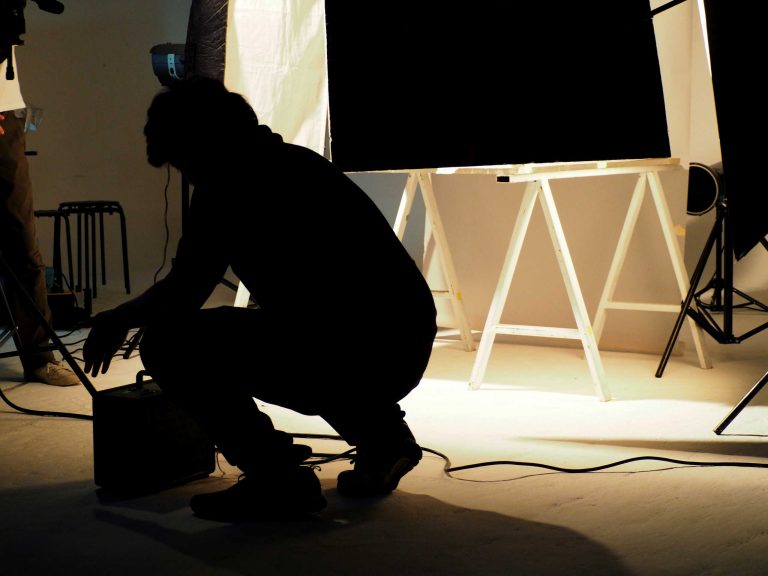The Magic of Light: How Lighting Shapes Shadow Theatre
At the heart of every shadow performance lies one simple yet powerful element — light. Without it, shadows cannot exist. But not all light is created equal. Mastering the art of lighting is essential to bringing your shadow stories to life.
The Role of Light in Shadow Theatre
Light is both the creator and the storyteller’s brush. By controlling light, you control the mood, depth, and clarity of every shadow.
- Intensity Matters
A bright, focused light creates sharp, clear shadows — perfect for detailed puppetry. Softer, diffused light casts gentle, mysterious silhouettes. - Direction is Everything
Light positioned low, high, or from the side changes the angle and shape of shadows drastically, making scenes dynamic and alive.
Try This:
Use a flashlight in a dark room. Shine it on a flat surface and slowly move the light source side to side. Watch how the shadows stretch and shift — almost like they have their own life.
Types of Light Sources Commonly Used
- LED Lamps
Portable and cool to the touch, ideal for beginners and workshops. - Spotlights
Allow precise control of beam size and intensity, great for theatrical productions. - Natural Light
Sunlight through a window can be magical but less predictable.
Creative Lighting Techniques
- Multiple Lights
Using two or more light sources can create overlapping shadows, adding layers and depth. - Colored Filters
Introduce color moods by placing colored gels or translucent materials in front of your light source. - Moving Lights
Animating the light source itself adds a dynamic element — like a rising sun or flickering fire.
Why Lighting Mastery Elevates Your Performance
The best puppetry can fall flat without the right lighting. Light sculpts your shadows, making them believable and emotionally powerful. When you learn to manipulate light, you gain control over the entire atmosphere of your show.
Lighting Challenge
Next time you rehearse, experiment with lighting setups before practicing your movements. Notice how changing the light transforms the feel of your scene — it’s like painting with light itself.
Master the light, and the shadows will follow.




